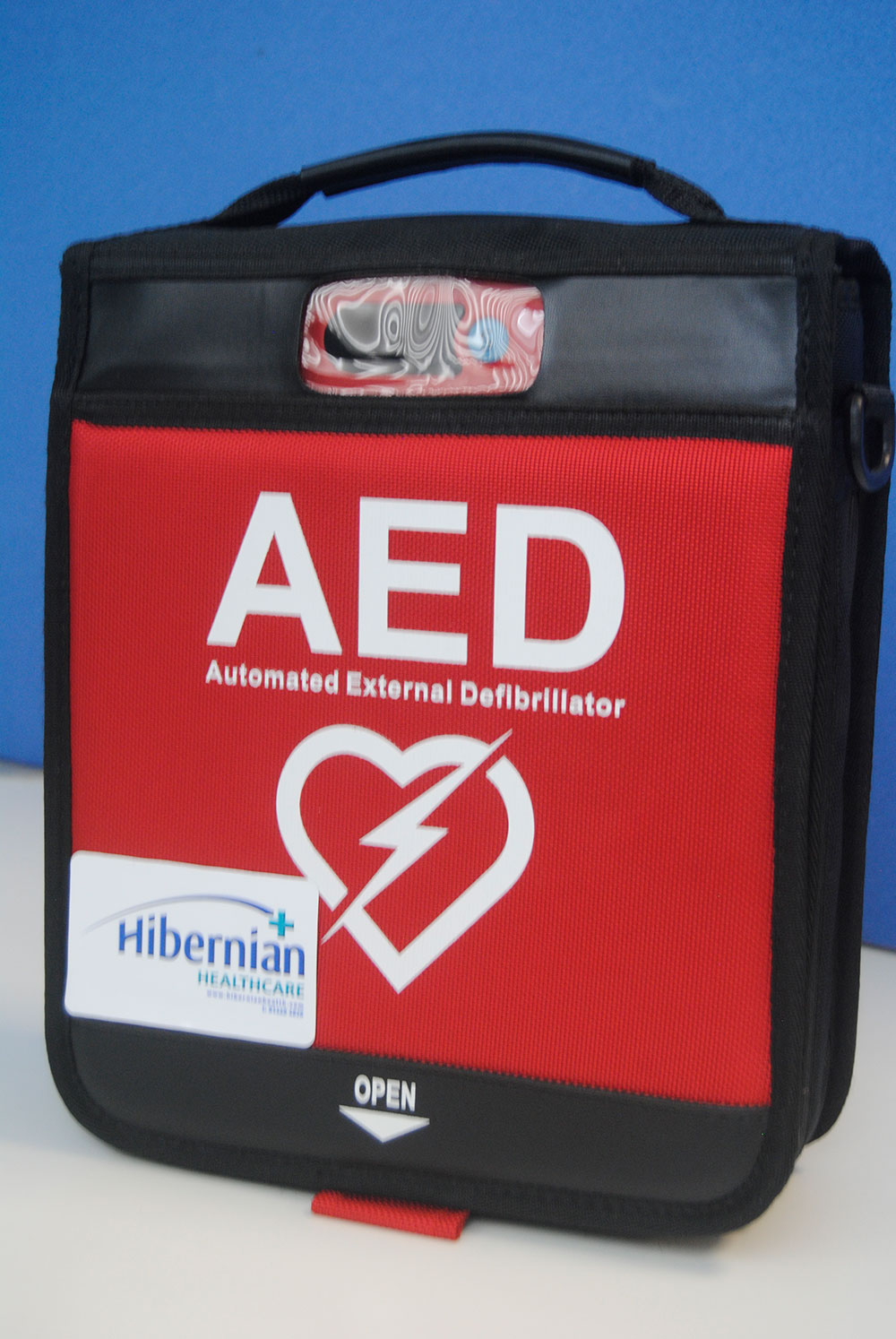
AEDs: Lifesaving Devices and the Future of AED Technology
In the heart of healthcare innovation lies the revolutionary device – the Automated External Defibrillator (AED).
As we increasingly recognise the importance of rapid response in sudden cardiac arrest and emergencies, the role of AEDs has become paramount.
From local community centres to bustling Dublin streets, having quick access to an AED can make all the difference and save someone.
Given the rising demand, many are looking into options such as the AED defibrillator for sale. Let’s delve deeper into these lifesaving machines and the pivotal technology behind them.
AEDs: The Lifesaving Devices
History and Evolution of AEDs:
The journey of AEDs traces back decades, evolving through rigorous medical research and advancements.
Initially reserved for medical professionals, the transformative shift towards the provision of public-access AEDs in places like schools (along with paediatric pads), sports clubs, and transport hubs has been heartening to witness.
Their role in Ireland, and indeed globally, has never been more crucial, especially with increasing heart disease rates.
AED Technology: How Do They Work?
Science Behind Defibrillators:
While many interchangeably use the terms AED and defibrillator, there’s a nuance. AEDs are essentially a type of defibrillator designed for public use, offering automated guidance and emergency treatment.
They detect life-threatening cardiac arrhythmias and deliver an electric shock to restore the heart’s normal rhythm, a process known as defibrillation, this reduces the death rate from sudden cardiac arrest.
Components and Mechanism:
At the heart of an automatic defibrillator is its ability to analyse heart rhythms autonomously. Once attached to a person, the AED checks for irregular heart rhythms.
If it detects a rhythm that requires defibrillation, it charges and prompts the rescuer to deliver a shock. The sophisticated yet user-friendly design ensures even someone without medical training can use the device effectively.
Buying Guide: Finding the Right AED for You
Types of AEDs Available:
Navigating the world of AEDs can be a daunting task, especially when faced with numerous options.
From fully automatic versions that require minimal user intervention to semi-automatic ones that allow more user discretion, understanding your needs and environment is key when purchasing one.
Where to Buy:
For those looking for advice on purchasing a defibrillator for sale or aiming to buy AED defibrillator, it’s essential to go for reputable dealers and platforms.
Local pharmacies, specialised online retailers, and certified medical equipment distributors in Ireland are excellent places to start.
Remember, investing in a reliable Automated External Defibrillator isn’t just a purchase; it’s a commitment to saving lives.
Latest in AED Technology:
In a world where technology propels medical industry advancements at breakneck speeds, defibrillators are not left behind.
We’ve seen AEDs transition from bulky, complex devices to compact, user-friendly life-savers. The newest AED technology innovations integrate AI-driven analyses, extended battery life, and more intuitive interfaces.
With Dublin emerging as a hub for tech innovations, it’s only a matter of time before Ireland stands at the forefront of such advancements in AED technology.
Benefits of New AED Innovations:
The future promises defibrillators that are even more efficient, reliable, and accessible. Anticipated benefits of AED, include shorter response times, increased patient survival rate, accuracy in rhythm detection, and enhanced ease of use for the general public.
As these devices become more sophisticated, their potential to save lives in places from the rugged landscapes of Connemara to the bustling streets of Cork City only amplifies.
Comparing Leading Defibrillator Manufacturers
Leading Players in the Market:
The whole defibrillators market is diverse, with several prominent players making their mark. When considering a defibrillator manufacturer, it’s essential to look at aspects like device reliability, ease of use, and after-sales support.
Leading defibrillator manufacturers such as Philips, Cardiac Science, and ZOLL have established strong reputations not just globally, but also in Ireland.
Always consider reviews, recommendations, and regulatory approvals when choosing the right fit.
AED Maintenance and Compliance: Keeping Lives Safe
Maintenance Essentials:
Once you have an AED unit, maintaining its efficiency is crucial. Regular checks for battery life, electrode pads expiry, and overall device functionality ensure the defibrillator unit is always ready for emergencies.
With Ireland’s variable climate, it’s also vital to store the AED units in locations safe from extreme cold, heat, and moisture to ensure longevity.
Regulatory Compliance:
In Ireland, while there’s no strict legal obligation to have Automated External Defibrillators, their presence is strongly encouraged, especially in public spaces and workplaces.
Once installed, adherence to European and local safety standards and training is paramount. Regular updates, training sessions, and maintenance checks on batteries go a long way in ensuring that the device functions optimally and adheres to all safety norms.
Conclusion
The advancement in AED technology and its integration into our public and private spaces heralds a new era of proactive health and safety.
As these life-saving devices continue to evolve, embracing state-of-the-art innovations, the promise of a future where sudden cardiac emergencies can be more effectively managed becomes ever more palpable.
At Hibernian Health, we are at the forefront of these innovations, providing comprehensive insights, training, and support related to AEDs and other vital healthcare technologies. Explore Hibernian Health today and take a step towards a safer, more equipped tomorrow.


